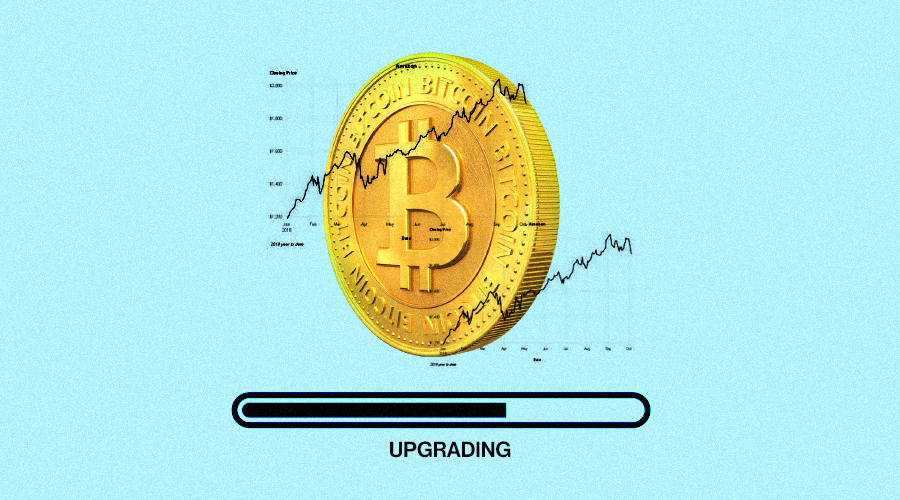
On June 4th, developers unveiled the launch of the Bitcoin Ordinals protocol upgrade to version 0.6.0
Bitcoin Ordinals has launched an upgrade to resolve an issue with over 71,000 “cursed” inscriptions, paving the way for them to be traded. On June 4th, developers unveiled the launch of the Ordinals protocol upgrade to version 0.6.0. This update signifies the first step towards identifying and enabling these previously unacknowledged inscriptions.
Ordinals influencer LeonidasNFT shared insights on the implications of this update. He stated, “This is important because over 70k existing but invalid inscriptions are now supported which means that once marketplaces upgrade to v0.6.0 you will be able to start trading them.”
Consequently, more than 1,200 inscriptions have been rendered invalid and are now considered orphaned. As a result, the community is actively deliberating on potential remedies for this issue.
Just released a new version of ord (0.6.0), which implements the first steps in recognizing more types of inscriptions (cursed inscriptions). Additionally, you can now pass in RPC credentials through command-line flags, environmental vars, or a config file.https://t.co/Xi6C92cC6z
– Raph (@raphjaph) June 4, 2023
Introduced in January 2023, Bitcoin Ordinals are a method of generating Bitcoin NFTs by attaching information to individual satoshis. They allow for the use of block space on each Bitcoin satoshi to be an identifiable inscription of metadata, which can provide added context or record as an output. The output leads to the creation of a digital artifact, which is like NFTs.
Until recently, NFTs have primarily been minted and used on blockchains like Ethereum, Solana, and BNB Chain. This changed when the team behind Ordinals recognized that non-fungible tokens could also have a place on the Bitcoin blockchain. Since their launch, over 200K ordinal NFTs have been minted by a growing community of users, developers, and enthusiasts who are excited about the potential of native Bitcoin NFTs.
A maximum data amount of 3.9MB can be added to a given Satoshi transaction, and much of this data is currently utilized for digital art files. The introduction of Ordinals gives the Bitcoin blockchain a new lease of life regarding utility, as creators can now serve a purpose within the network.
Stacks, formerly Blockstack, is an open-source platform to enable smart contracts, DeFi, NFTs, and apps for Bitcoin. Stacks blockchain is a “layer” for Bitcoin similar to the Lightning Network. In addition to smart contracts, the Stacks project provides open-source software for authentication and data storage.
According to one viewpoint, Ordinals might be the key to revealing hidden Bitcoin valuation. Nevertheless, from another viewpoint, Ordinals might significantly detract from Bitcoin’s primary goal of developing into a new type of digital currency. In the worst case, Ordinals might deter institutional investors from investing in Bitcoin and entice unwanted regulatory inspection.
In other words, there could be money to be earned here, which will encourage more businesspeople and inventors to grow the market for Bitcoin NFTs. Some estimates place the current year value of the NFT market at close to $20 billion, with Ethereum now accounting for the lion’s share of that sum.
According to Dune Analytics, 10.8 million ordinal inscriptions have generated $45.5 million in transaction fees since the craze began earlier this year.




